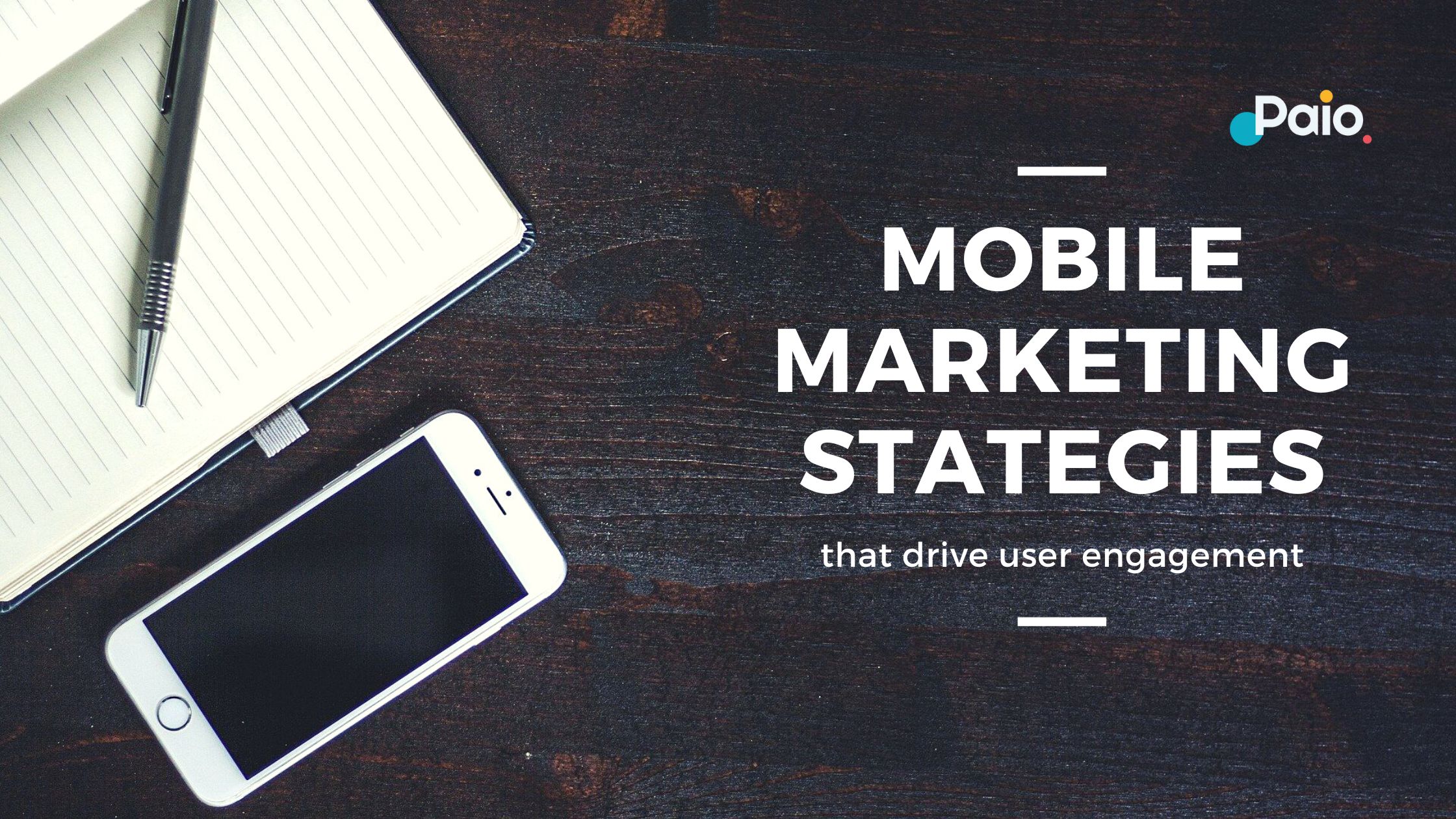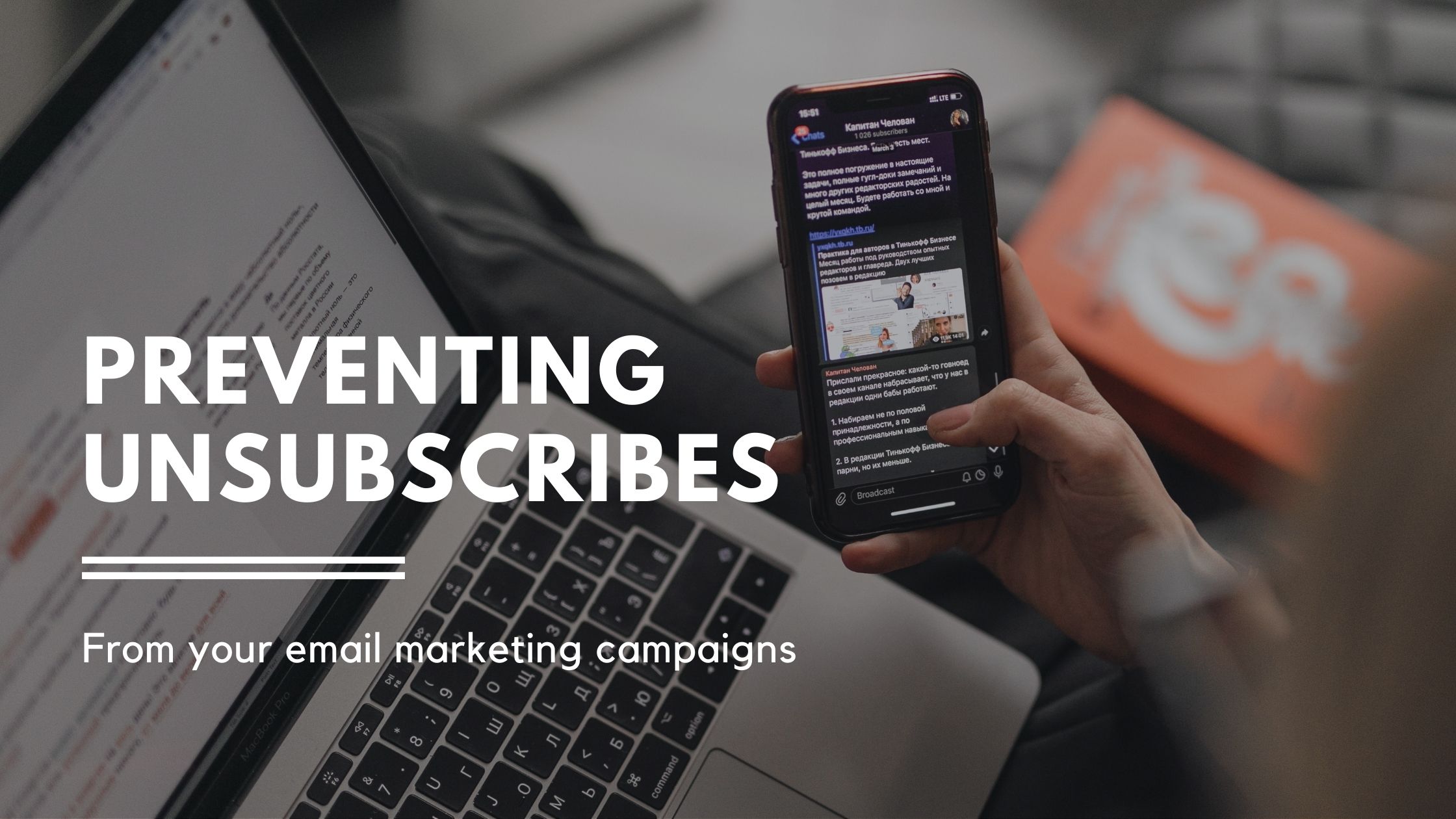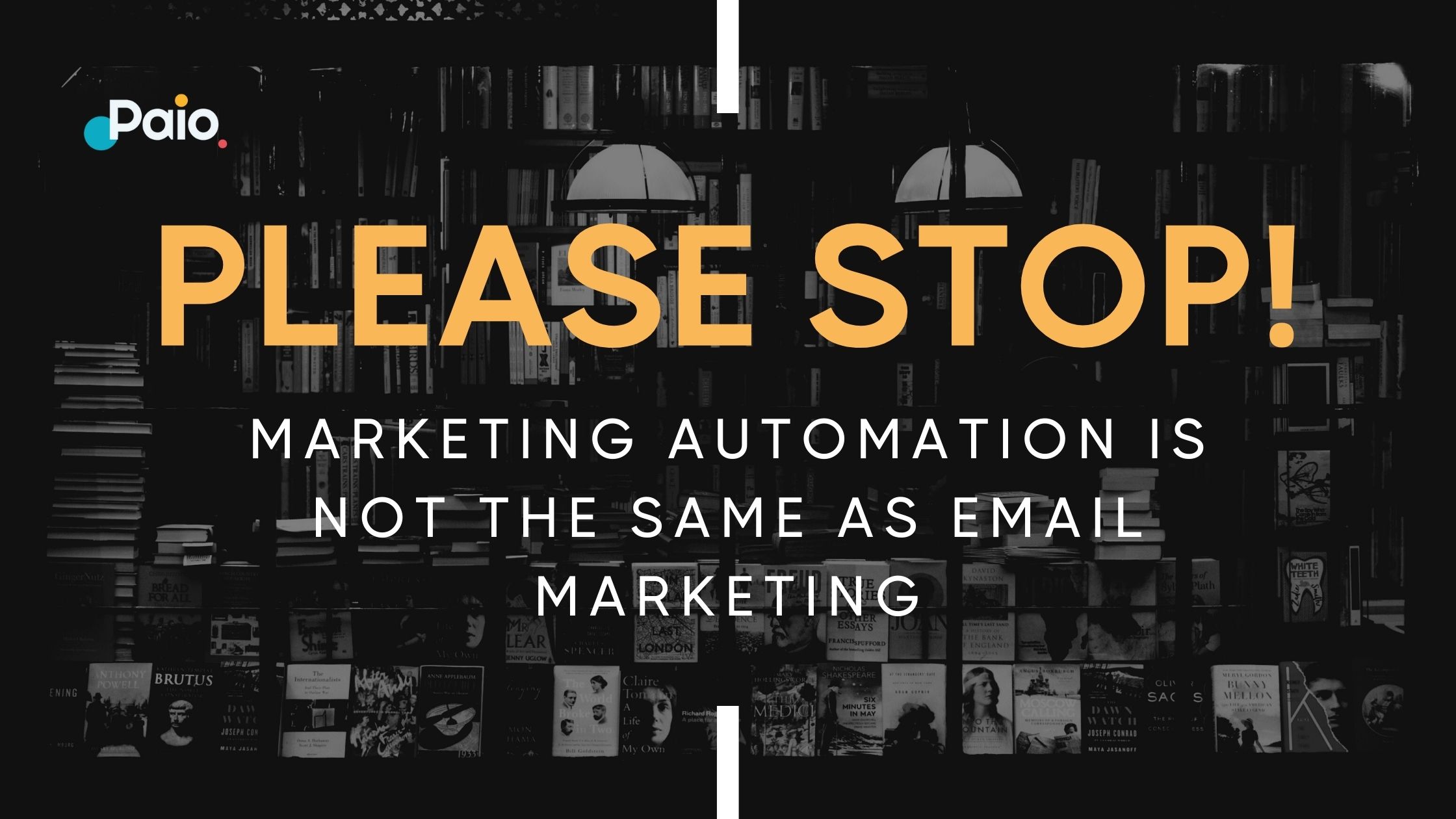Salesforce and HubSpot are two of the most popular sales and marketing automation tools in the market right now. Getting a taste of both platforms is only possible through installing a HubSpot Salesforce Integration. The HubSpot Salesforce Integration combines the sales and CRM strengths of Salesforce with the full-board marketing automation offerings that come with HubSpot.
Let’s discuss some of the common questions people ask regarding the integration of these two platforms;
Q: Is it possible to selectively sync contacts between the two platforms?
A: Yes, it is possible to select and sync specific contacts based on certain characteristics that these contacts share. For example, you may choose to only sync contacts in a particular region to avail them on both platforms.
Q: Can I integrate multiple HubSpot accounts with one Salesforce environment?
A: Yes, it is possible to integrate several HubSpot accounts with one Salesforce environment as long as your HubSpot-Salesforce connector is version 2.60 or newer. If you have already installed the integration with one account, you can use the same installation procedure for the rest of the accounts.
Q: Is there a way of delaying contacts from syncing to Salesforce from HubSpot?
A: Despite HubSpot not having the ‘delay Salesforce sync’ option, you can delay contacts from syncing to Salesforce by creating a HubSpot inclusion list. You can create your inclusion list using the HubSpot Smart List option with a condition: Create In Salesforce First does NOT equal True OR Salesforce Contact OR Lead ID are known. With this condition, contacts will only be synced when the Salesforce Contact or Lead ID has been assigned.
Another option is creating an inclusion list that requires a selected number of fields to be present before a given contact is synced in Salesforce. For instance, you may choose to create a HubSpot Smart list that requires contacts to have an email, Job Title, and location added before they are added to Salesforce. So, all contacts that do not have these fields will not be synced.
Q: How are duplicated records handled in the HubSpot-Salesforce integration?
A: By default, HubSpot will automatically deduplicate all salesforce contacts/leads with the same email. So, if you have several contacts with the same email, they will be merged. HubSpot also deduplicates Salesforce accounts that share the same contact. However, HubSpot doesn’t duplicate Salesforce opportunities.
Q: Will implementing bi-directional sync trigger all HubSpot workflows the new contact qualifies for?
A: Yes, all newly created contacts in HubSpot will trigger the workflows they qualify for. However, if you don’t want HubSpot to enroll contacts in workflows they are not eligible for, we recommend treating this as some form of re-implementation by deactivating or modifying all the workflows.
The best approach of the two is modifying the workflows. The disadvantage of deactivating workflows is that they will unenroll all the contacts that are currently enrolled. Remember, it is not possible to reenroll the contacts where they left off when you re-activate.
Q: Is it possible to sync HubSpot custom objects with Salesforce objects?
A: Yes, it is possible, but most of the time, you will need an API developer. But if you don’t have one, you can take advantage of the Custom Objects HQ app to create the custom objects in HubSpot. After creating the custom object in HubSpot, go to your Salesforce integration settings page and choose the “Sync custom object” option. This option is at the top right of the settings page. Remember, this option is only available on the HubSpot Enterprise package. The other cheaper packages do not have it.


.jpg?width=70&name=11822273_869376790464_4398309784822550341_n%20(1).jpg)


